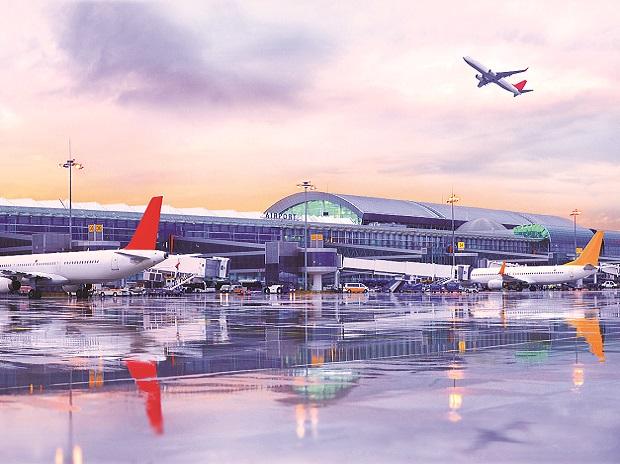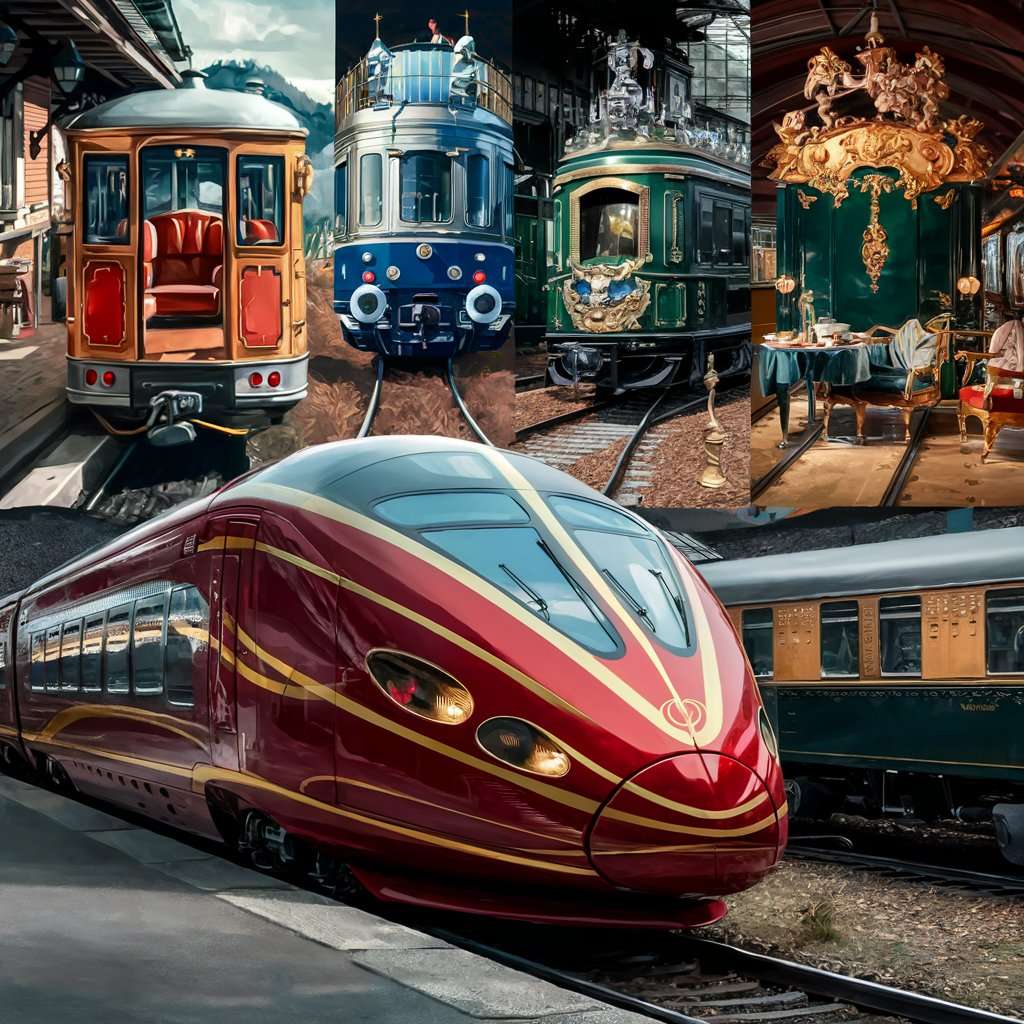The articles gives a detail understanding of State-wise Indian Airports Names and Types of Air-Journeys.
There are many International and Domestic airports in India. Below are the list of major airports that cater to public and private airlines internationally and domestically.
- Kerala: Trivandrum International Airport (TRV), Cochin Airport (COK)
- Srinagar: Sheikh ul-Alam International Airport (SXR)
- Chandigarh: Chandigarh Airport (IXC)
- Sikkim: Pakyong Airport (PYG)
- Tamil Nadu: Chennai International Airport (MAA), Tiruchirappalli Airport (TRZ)
- Andhra Pradesh: Visakhapatnam International Airport (VTZ), Sri Sathya Sai Airport(PUT)
- Telangana: Rajiv Gandhi International Airport (HYD)
- Uttar Pradesh: Chaudhary Charan Singh International Airport (LKO)
- Bihar: Jay Prakash Narayan International Airport (PAT)
- Gujarat: Sardar Vallabhbhai Patel International Airport (AMD), Surat Airport (STV)
- Punjab: Sri Guru Ram Dass Jee International Airport (ATQ)
- Assam: Lokpriya Gopinath Bordoloi International Airport (GAU)
- Shillong: Shillong Airport (SHL)
- Manipur: Imphal International Airport (IMF)
- West Bengal: Netaji Subhash Chandra Bose International Airport (CCU)
- New Delhi: Indira Gandhi Airport (DEL)
- Jharkhand: Birsa Munda Airport (IXR)
- Madhya Pradesh: Raja Bhoja Airport (BHO), Devi Ahilyabai Holkar Airport (IDL)
- Maharashtra: Chhatrapati Shivaji Maharaj Airport (BOM), Dr. Babasaheb Ambedkar International Airport (NAG), Shri Guru Gobind Singh Ji Airport (NDC)
- Karnataka: Kempegowda International Airport (BLR), Mangalore Airport (IXE)
- Goa: Goa International Airport (GOI)
- Orissa: Biju Patnaik International Airport (BBI)
- Chhattisgarh: Swami Vivekananda Airport (RPR)
- Rajasthan: Jaipur International Airport (JAI), Maharana Pratap Airport (UDR)
- Port Blair: Veer Savarkar Airport (IXZ)
Different Types of Air journeys:
- One-way: It is flying from somewhere (your origin) to somewhere else (your destination).
For example- A person boarded from New Delhi to New York to attend a business workshop.
- Roundtrip: It is flying from origin to destination and then back to the origin, also known as turnaround.
For example- A person boarded a flight from New Delhi to New York and then boarded flight from New York to New Delhi.
- Open Jaw: It includes a surface sector either at origin or at turnaround of the journey. The trip from origin or destination can be from another airport than was visited earlier during travel.
For example- A person boarded a flight from New Delhi to New York and then boarded flight from New York to Chennai.
- Complex travel: A special form of return trip known as Circle trip which includes multiple stops along the travel before returning to the point of origin. The journey in which the traveler travels around the world and crosses the international timeline, visiting multiple places e.g. JFK->SYD->HKG->DEL->LON->JFK.
- Backhaul: A fare construction applied to a fare sector to determine the minimum applicable fare only when all conditions apply.
For Example- A person taking flight from New York to Bangkok via Singapore. The cost of New York- Singapore is higher than New York to Bangkok. So, the person will take ticket of New York to Bangkok and deboard at Singapore at much lesser rate. The airline keep on check with such activities leading to Backhauling.
- Circle Trip Minimum (CTM): The additional amount that must be added to a fare calculation as the result of a circle trip minimum calculation.
- Common Point Minimum (CPM): A fare construction applied to a fare sector to determine the minimum applicable fare, only where a journey comprises not more than two international fare components with a Domestic Surface Sector and travel is via a Common Ticketed Point in the Country of Origin/Turnaround, the fare for the entire journey shall not be less than the applicable fare, from/to such common points.
- Shortest Operated Mileage (SOM): The shortest distance using non-stop sector mileages between any pairs of points specified in the IATA Mileage Manual. For example- A person
- Ticketed Point Mileage (TPM): The distance between pairs of points published in the TPM Manual using non-stop sector mileages in accordance. The shortest operated mileage between ticketed points.
- Mirror-image: It is the half of a round trip. For example- A person traveling in a return flight from New Delhi to Singapore and back, so half of the flight is mirror-image.
- Highest Intermediate Point: A ticketed point between origin and destination of a fare sector for which a higher fare is published.
Licensing of Air carriers, Schedule & Non-schedule airline, No frill airlines, Open sky policy
a. Licensing of Air Carriers: An air operator’s certificate (AOC) is the approval granted by a NAA to an aircraft operator to allow it to use aircraft for commercial purposes. It should have
- Sufficient personnel with required experience
- Air worthy aircraft, a quality system, appointment system of key staff
- Carriers liability insurance to cover the injury/ death proof that operator has sufficient finances ground infrastructure
- a fleet of minimum five aircraft either by purchasing or taken through lease with
maximum certified take-off and have mass more than 5700 kg. - to facilitate the start of operations, operators will be permitted to operate with three aircraft and will be given one year’s time to have the fleet size of five aircraft. The 4th aircraft should be within a period of 6 months and fifth within a year.
- aircraft shall be registered in India with current certificate of air worthiness in normal passenger category.
- the NOC is valid for 6 months and can be extended up to 6 months.
b. Schedule and Non-schedule airlines:
- Schedule airlines are the major air carriers which provide their services according to
schedule time table. They are obliged to cover their services for several
months or even years. - Non-schedule airlines are airlines which offer their service at an hourly or per mile rate
for catering an entire aircraft along with the crews.
c. No frill airlines: In these airlines, the non-essential features are removed to keep the price low like:
- They charge extra fees on check in luggage
- One type of aircraft (no special classes)
- Short haul flights
- Older aircraft
- Seats do not recline, no rear pockets
- No window shades, no in-flight entertainment, no leg room
- Charges for meal
d. Open-sky policy: It stands for liberalization of rules and regulations for bringing air carriers more connected with each other and aims to create free market for the airline industry.
A bilateral air transport agreement is concluded with policies:
- The right to fly over a foreign country without landing
- The right to refuel or carry out maintenance in a foreign country without embarking
or disembarking passengers or cargo. - The right to fly from one’s own country to another country.
- The right to fly from another country to one’s own.
- The right to fly between two foreign countries on a flight originating or ending in
one’s own country. - The right to fly between two places in a foreign country while stopping in one’s
own country for non-technical reasons. - The right to fly between two foreign countries, where the flights do not touch one’s own country.
- The right to fly inside a foreign country, continuing to one’s own country.
- The right to fly within a foreign country without continuing to one’s own country.
The treaty on Open Skies signed in Helen ski, 1992 which is a multinational sacrifice of air sovereignty to enhance military. India and Japan signed Open Sky on 14 September 2017.

